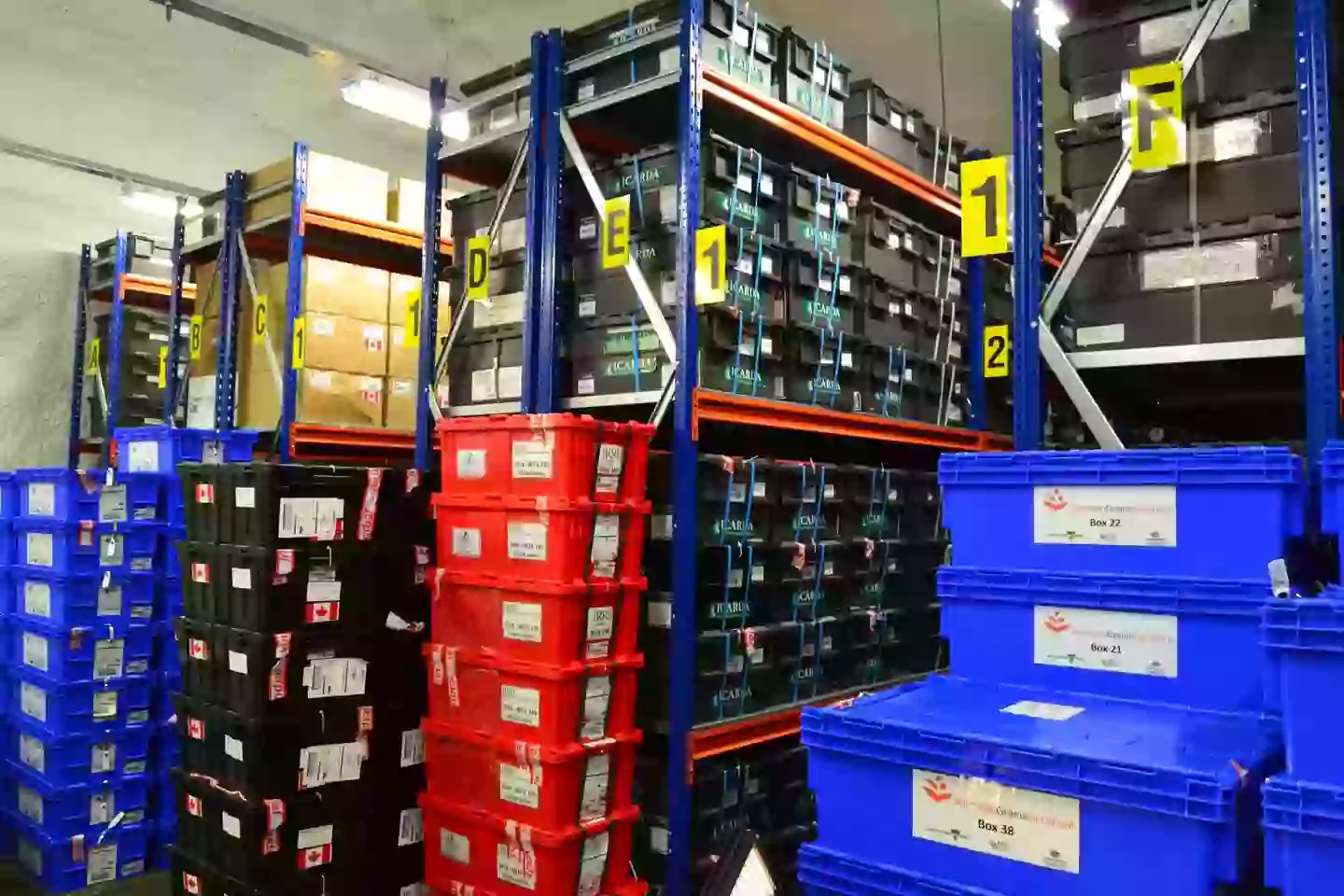
Topics: World News, Technology, Science
To make sure you never miss out on your favourite NEW stories, we're happy to send you some reminders
Click 'OK' then 'Allow' to enable notifications

Topics: World News, Technology, Science
In an ideal world the notion that civilisation could come crashing down is a very distant one, but sadly we are cursed to live in interesting times.
There are many ways the world might end, though for some people it won't be the final curtain call and the task of rebuilding civilisation will fall on their shoulders.
Perhaps global temperatures could radically change and turn the planet into an hellscape (frosty, fire-y or flooded, take your pick), or a virus that turns humans into flesh-eating monsters may spread around the world in a biting bonanza. Or maybe a ruthless dictator with a nuclear arsenal might press the button.
Advert
Such is the world we live in, so it's handy that Norway has got a 'Doomsday Vault' to help the survivors of whatever catastrophe ends up claiming our lives get the world back on track.
It's known as The Global Seed Vault, and is located in Norway's Svalbard archipelago where it contains storage of seeds from around the world.
The idea is that in the aftermath of a global catastrophe that ends up nearly wiping out humanity the survivors will have the tools to rebuild our agriculture pretty much wherever it's needed.
There are other facilities around the world with a similar purpose, but The Global Seed Vault is one of the safest.
Advert
.jpg)
This vault has been in operation since 2008 and houses over a million seed samples to avoid vital crops and plants from being wiped out by the consequences of humanity.
It's closed off to the public and the vault is only opened six times a year to add new seed samples to the collection, so your chances of popping over to Norway for a poke around the facility are very low.
Fortunately, there have been people allowed inside the vault for a visit, where they learned that the temperatures inside are kept at -18C and doors are iced over to preserve the samples.

Advert
Asmund Asdal, a coordinator at the Vault, took a team from VICE Impact into the ‘world’s most important room’ which contained 'seeds from all countries in the world' in boxes on shelves.
He explained that when a 'gene bank' in Aleppo, Syria, was destroyed The Global Seed Vault was able to send seeds over to replace what was lost.
Without this strategic reserve kept in Norway, the plants which had their seeds destroyed 'would have gone extinct', meaning that what's kept in the vault is a resource which is vital for the present and not just the future.
While you probably can't set foot inside the place yourself without an invitation, you can take a virtual tour of the facility, which will take you down a long entry corridor and through rooms named 'Aurora Borealis' and 'Cathedral' which leads to the various chambers that hold the precious seeds.
It's nice to know we've got plans for the future should the worst happen.